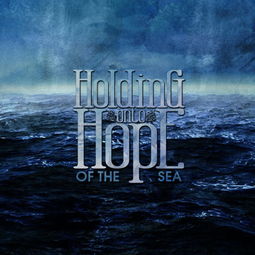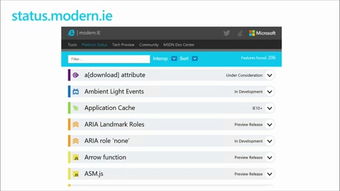Content:
Fishing, an ancient pastime that has been cherished by millions around the world, is not just a sport but also a way to connect with nature. Whether you are a seasoned angler or a beginner looking to cast your line into the water, mastering the art of fishing requires a blend of knowledge, skill, and patience. In this article, we will delve into the various techniques and methods that can help you catch more fish and enhance your fishing experience.
Understanding the Basics
Before diving into the specifics of fishing techniques, it's crucial to understand the basics. This includes knowing the types of fish you want to catch, the equipment you need, and the best locations to fish. Research the species you are targeting, as different fish require different approaches.
Choosing the Right Equipment
The right equipment can make a significant difference in your fishing success. Here's a rundown of the essential gear:
Rod and Reel: The rod and reel combination should match the type of fishing you plan to do. For example, a spinning rod and reel are great for light to medium fishing, while a baitcasting rod and reel are better for heavier lures and fish.
Line: The type of line you use depends on the fish you're targeting and the conditions of the water. Monofilament, fluorocarbon, and braided lines each have their advantages and disadvantages.
Hooks: The size and type of hook should match the bait you're using and the size of the fish you're aiming to catch.
Lures and Bait: Live bait, artificial lures, and baitcasting techniques can all be effective. Choose the right lure or bait based on the fish's preferences and the conditions.
Techniques for Catching Fish
Locating Fish: Understanding where fish are likely to be is key. This includes knowing the habits of the species you're targeting, as well as the water conditions. Look for areas with structure, such as rocks, logs, or weed beds, as these can provide shelter and attract fish.
Presenting the Bait: The way you present your bait or lure can make or break your fishing success. Here are some common techniques:
- Trolling: Moving your boat with the bait at a steady speed to mimic the movement of natural prey.
- Jigging: Moving the lure up and down in the water column to attract fish.
- Pitching: Casting your line directly at a target and letting it fall naturally to the bottom.
- Flipping: Casting a lure close to structure and retrieving it with a quick, short movement.
Reading the Water: Pay attention to the water's surface. Ripples, bubbles, and other signs can indicate the presence of fish.
Timing: Fish are more active at certain times of the day. Early morning and evening are often the best times to fish.
Advanced Techniques

Leaders and Tippets: Using a leader and a tippet allows you to change the line's diameter and presentation without having to change the entire rig.
Fly Fishing: This technique involves casting a fly rod and using artificial flies to mimic insects or other prey. It requires precision and practice but can be highly effective.
Soft-Bait Techniques: Using soft plastics, such as worms or grubs, can be a great way to attract fish. These baits can be rigged in various ways and presented in different manners.
Conservation and Ethics
Always practice catch-and-release fishing when possible, especially with species that are not meant to be kept. This helps maintain healthy fish populations and preserves the sport for future generations.
Conclusion
Catching fish is an art that takes time to master. By understanding the basics, choosing the right equipment, and mastering various techniques, you can increase your chances of success on the water. Remember, fishing is not just about the catch; it's about the experience and the connection with nature. With patience and practice, you'll soon become a skilled angler, reeling in fish with ease and enjoying the tranquility of the water. Happy fishing!












